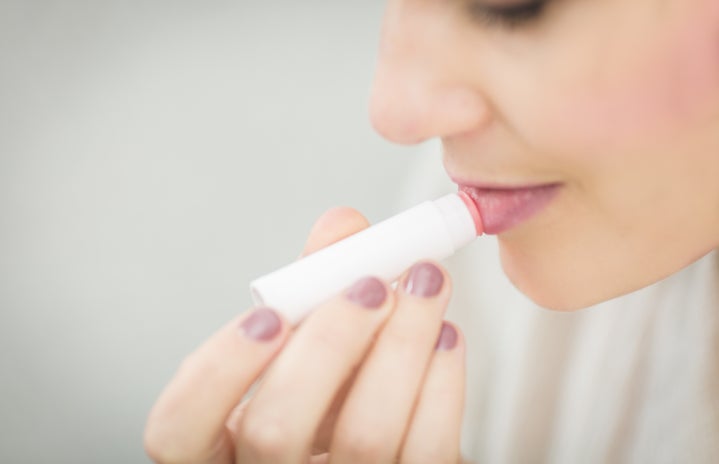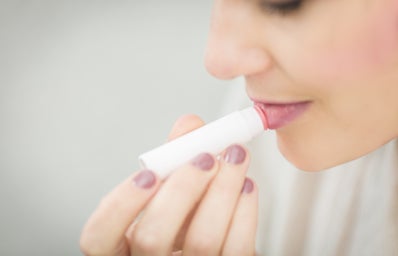(Source)
One of the most important steps in anyone’s skin care routine is cleansing. In the morning, cleansing is not only refreshing and wakes you up, but also prepares your face for the rest of your beauty routine. And at night, cleansing washes away all of the makeup and dirt accumulated from a long day. However, there are so many different kinds of cleansers on the market. So how are you supposed to know which kind will work best for your skin type?
Here is an introduction to a few types of different cleansers and how they work:
Gel Cleansers
(Pexels)
Gel cleansers have a thicker consistency and provide less foam and a milder cleanse than more traditional cleansers. They are still effective at removing dirt and other impurities from your face, but they leave your face less dry. Most gel cleansers also have antiseptic and exfoliating properties, so they are also good for killing bacteria that can cause acne and other skin problems. The COSRX Low pH Good Morning Gel Cleanser and Mario Badescu Enzyme Cleansing Gel are two gel cleansers that are low pH (which is important because the skin’s outer layer is naturally slightly acidic) and have ingredients that purify the skin.
Best for: Oily, combination skin
Cream Cleansers
(Source)
If you’re looking for a cleanser that is gentle and soothing, cream cleansers are the way to go! With a thicker and denser formula than other types of cleansers, cream cleansers – which often contain botanical oils, beeswax, or petroleum – are known to be great for moisturizing skin and removing grime without stripping natural oils. Less foamy than other products, cream cleansers won’t dry out the skin, making it perfect for use during autumn and winter months. Be sure to choose your products warily, however: some cream cleansers, though great moisturizers, can clog pores and cause blackheads. An easy tip to avoid this trouble is to simply check the labels of products for the words non-comedogenic and non-acnegenic. That being said, cream cleansers generally serve as a great addition to skincare routines regardless of skin type, and is especially effective for those with dry, dehydrated, sensitive, or mature skin. The First Aid Beauty Face Cleanser and Glossier Milky Jelly Cleanser are cream cleansers that are great for clearing your pores and sure to leave your skin feeling healthy and soft.
Best for: Most skin types, especially dry
Foam Cleansers
(Source)
Foam cleansers, true to their name, lather up into bubbly foam to remove excess oil. Be careful with foam cleansers, though. While they may be effective at removing makeup, sunscreen, and dirt, they might also strip your face of necessary moisture and oils, such as amino acids and sebum. When it comes to foam cleansers, choose ones that don’t contain ingredients like sodium lauryl sulfate or sodium laureth sulfates. These ingredients are responsible for the bubbles in foam cleansers, but also can actually cause dry skin, allergic reactions, or further acne on your face. The Burt’s Bees Brightening Daily Facial Cleanser and Whamisa Glow Studio Green Tea Foaming Cleansing Gel both give you the squeaky clean feeling without any harsh chemical ingredients.
Best for: Oily, combination skin
Oil Cleansers
(Pexels)
It might seem counterintuitive to put oil on your face as a cleanser— won’t it make your face oily or greasy? However, cleansing oils are actually a very gentle and effective way of removing debris and makeup from your face. They are made with different kinds of plant oils and have no soap, water, or foam. If you have oily skin and are worried about oil cleansers breaking you out, the comedogenicity of an oil tells you how likely it is to clog your pores. A high number means that most people have reported clogged pores with that oil, while a low rating means that there is a low chance the oil clogs pores. The chart in James E. Fulton Jr’s article, “Comedogenicity and Irritancy of Commonly Used Ingredients in Skin Care Products” has the ratings for many different types of oils; coconut oil and cocoa butter have very high ratings, while olive oil, mineral oil, and sunflower oil have much lower ratings. The DHC Deep Cleansing Oil and Banila Co Clean it Zero cleansers are some oil cleanser recommendations that are both cleansing and also non-irritating for any skin type.
Best for: Most skin types
Clay Cleansers
With great absorbing power, clay cleansers are specialized in the removal of excess dirt and toxins found in the skin. They are highly efficient in regulating sebum production and preventing clogged pores, playing an instrumental role in clearing blackheads and whiteheads. Rich in minerals and deep cleansing, clay cleansers are ideal for people with oily skin. When choosing a clay cleanser, it is important to consider the variety of options available; Moroccan Red Clay and White Kaolin Clay, for instance, are the best for combating oiliness, as opposed to French Green Clay, which is better for more sensitive skin, or Bentonite Clay, a well-rounded choice that is effective in both absorbing oil and tightening skin. The L’Oreal Clay Cleanser and Dermalogica Dermal Cleanser will not only reduce oiliness but will brighten your skin for a radiant look.
Best for: Oily skin
Even though the purpose of all cleansers is to remove makeup and dirt from the skin, they each have different benefits. It might seem complicated, but choosing the right cleanser for your specific skin type will keep your face clean and help with any skin concerns you might have. Hopefully with these tips you’ve found some cleansers to add to your shopping cart—good luck and happy cleansing!



